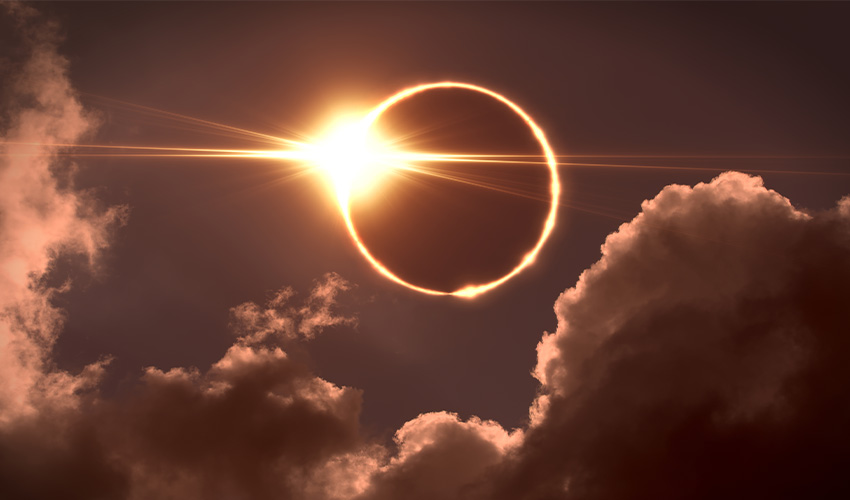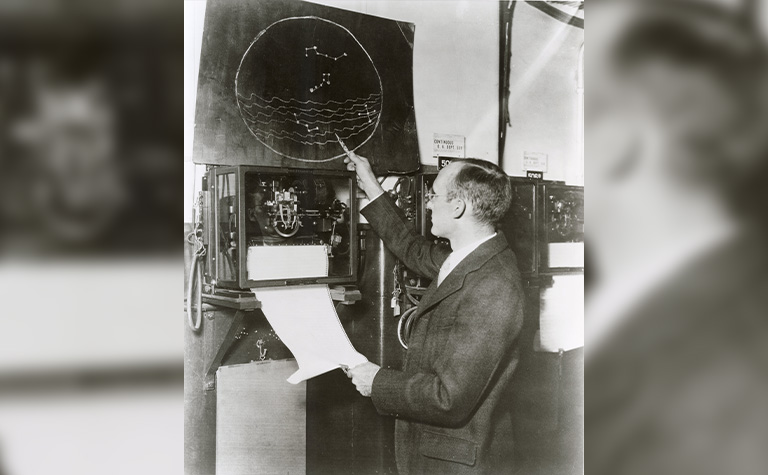HTML Editor Component
*Contents may not have visible height

Key Takeaways:
- AT&T is working to keep customers connected during this year’s total solar eclipse.
- From 5G to fiber, the AT&T Network is prepared to handle more traffic than ever. Our network handles 680 petabytes of traffic on an average business day, and we’re ready for customers to share their solar eclipse moments!
- On Monday, April 8, 2024, a total solar eclipse will cross North America, giving our headquarters in Dallas, TX a front row seat to watch this historical moment. Join us for this free citywide watch party!
Eclipsing Expectations: AT&T’s Network Stayed Bright During Solar Eclipse
While more than 32 million Americans watched the eclipse, we were busy watching our network spike. As totality hit across the United States, an increase of data usage followed when millions of viewers captured and shared the big moment. Smartphones became the lens through which we observed this rare phenomenon. More than 3.2 billion total messages were sent Monday – that's 510 million messages more than a typical day. Over 1.1 billion were MMS messages that included pictures and videos and 2.1 billion were text only. It’s amazing to see the power of our network firsthand, connecting so many people during such a historical moment.
Frequently Asked Questions
Where to watch the Solar Eclipse
The Solar Eclipse can be seen best anywhere across the path of totality. If you’re in Dallas, the AT&T Discovery District is hosting a free, citywide Solar Eclipse Watch Party on April 8th that’s open to the public and AT&T employees. Attendees will have a premier viewing location in the District and the opportunity to listen to a panel discussion featuring educational speakers from NASA and The Achievery. Free viewing glasses will be given to the first 4,000 people in attendance and guests can enjoy eclipse-themed food and drink items from nearby restaurants.
Can’t make it to the Discovery District? Watch NASA’s livestream and learn more about the Solar Eclipse from The Achievery, AT&T's free K-12 digital learning platform.
AT&T's The Achievery is a free K-12 digital learning tool, transforming education into an entertaining and engaging experience for students, no matter where they are. With more than 1000 educational videos and standards-aligned activities, it supports grade-level learning and boosts social-emotional and digital literacy skills, essential for success in today's connected world.
Special Guest Announcement
We are excited to welcome former NASA astronaut José Hernández to our Eclipse Watch Party in Dallas. Known for his significant contributions to space exploration and his incredible journey of overcoming numerous obstacles, Hernández’s story is one of resilience. His career is studded with remarkable milestones, including being the first person to use Spanish in space. Don't miss the chance to hear from him as he shares insights from his career, answers questions about science and technology, and joins us in celebrating this celestial event. Programming begins at noon CT!

Read more AT&T Wireless news




